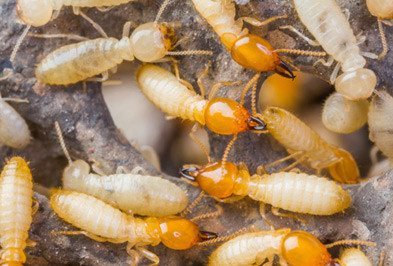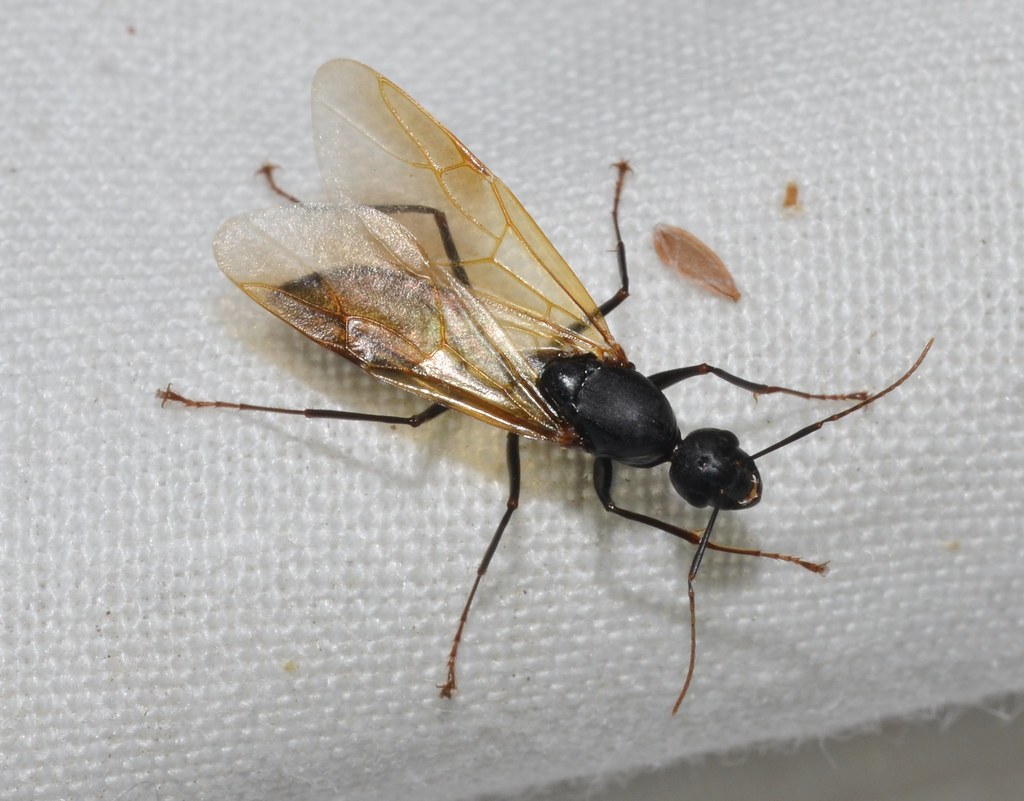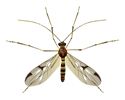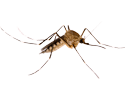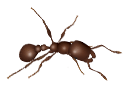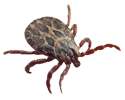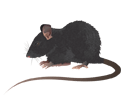Termites
What Do Termites Look Like?
Eastern subterranean termite colonies consist of three different types of termites: workers, soldiers and swarmers.
- Workers are the smallest of these three, measuring only around 1/8 of an inch long. These are wingless and soft-bodied bugs that vary in color from white to gray-white. They are the most numerous in a colony and are the ones that do the actual wood eating.
- Soldiers look a lot like the worker termites, but are larger and have rectangular heads that are yellowish brown. They also have a prominent set of jaws which are used to help defend the colony.
- Swarmers are the ones that are responsible for keeping the population going. They are 3/8 of an inch long, including their wings and can be male or female. They vary in color; sometimes they are black and can range to yellowish-brown.
Why Do I Have A Termite Problem?
Termites feed on the cellulose that is found in dead plant materials including leaf litter, wood, soil and dung. A termite infestation is possible if any of these materials are present on your property or even on your neighbor’s property. You may also have or develop a termite problem if you experience a termite swarm in or around your structure. Still not sure? Click here to learn how to identify termites.
What Kind Of Threat Do Termites Pose?
Termites aren’t dangerous to the health of humans, but they can really cause trouble for the structure of your home or business. Because termites primarily eat wood, they can destroy the internal structure of your home, causing wooden beams and boards to become structurally unsound and eventually collapse, which could eventually cause injury to people inside the structure. They cause billions in damage to structures across the US every year and often damage isn’t noticed until structures are almost completely destroyed.
How Do I Control Termites?
Termite control is not an easy task, but the professional termite exterminators at Holder’s have all the tools and knowledge necessary to help you get rid of termites in your home or facility. Contact us today to learn more about termites in Texas or how we can help you eliminate or prevent a termite problem.
Related Post From Our Blog
Are They Termites or Carpenter Ants?
Termites and carpenter ants are no joke, causing severe damage to your home. Both are small and well hidden, meaning they can go unnoticed for quite some time. These wood-destroying insects have some key differences, [...]
When Do Termites Swarm in Houston?
What Is A Swarmer? Bet you didn’t know there were types of termites in this world that don’t eat wood, huh? Well, there are, and we’re here to introduce you to the swarmer. Swarmers, also [...]
Identifying Commercial Property Termite Risk and Protecting Your Business
Termites, though usually out of site to the human eye, cause billions of dollars in property damage in the United States every year. They work around the clock eating, which eventually can cause extensive damage [...]


